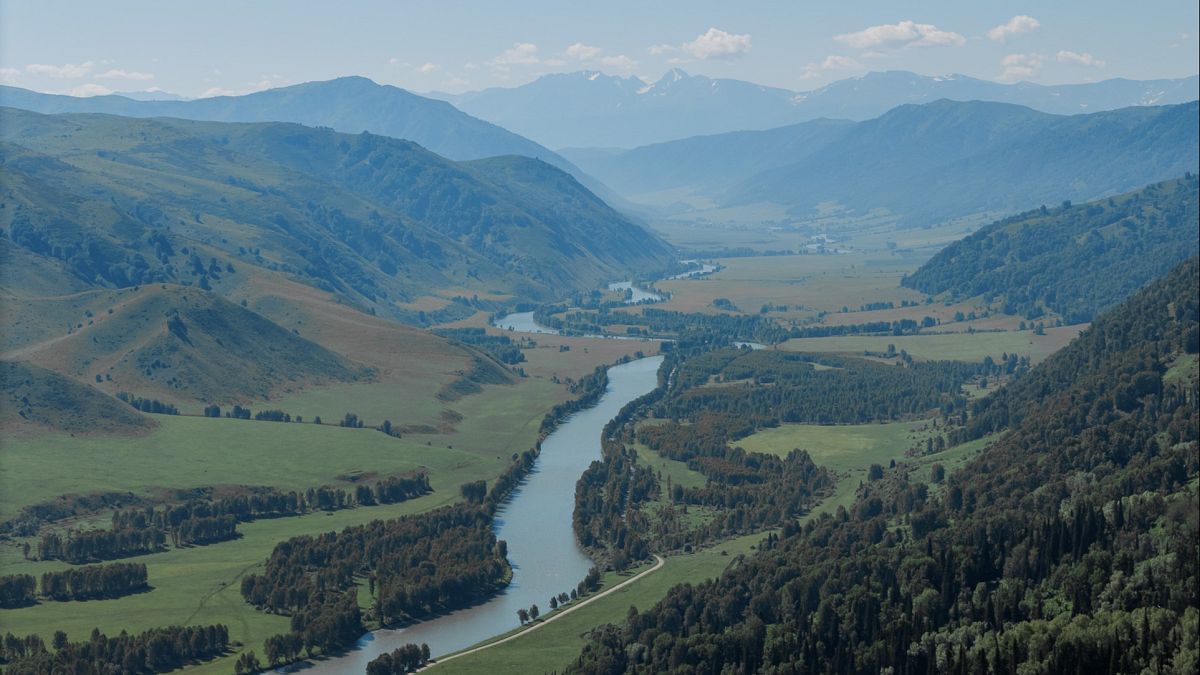

In the serene landscape of Katon Karagay, Kazakhstan, a significant opportunity and challenge presents itself. This tranquil region, known for its untouched natural beauty, is on the brink of an ecotourism boom. As education and tourism pave the way for economic growth and enrichment, the local community faces crucial decisions regarding the delicate balance between progress and preservation.
Katon Karagay, nestled in the eastern reaches of Kazakhstan, is a beacon of natural splendor, boasting vast expanses of pristine forest, rolling hills, and diverse wildlife. As interest in sustainable tourism grows worldwide, this region is poised to become a central attraction for eco-conscious travelers eager to experience its untouched wilderness. Education initiatives aim to equip locals with the skills needed to engage with this burgeoning industry, potentially providing new economic opportunities and fostering community development.
However, the prospect of increased tourism raises important considerations about maintaining the cultural and environmental integrity of the area. The community must navigate the complexities of welcoming visitors while preserving the soul and tranquility of their homeland. This careful balancing act is pivotal to ensuring that the serenity of Katon Karagay remains unspoiled for future generations, allowing both nature and people to thrive in harmony.
Meanwhile, across continents in the bustling heart of London, a rewilding initiative brings its own vision of ecological restoration. The Citizen Zoo, an urban rewilding group, is exploring the potential reintroduction of white storks to the British capital. These remarkable birds once graced the skies of Britain before disappearing due to habitat loss and hunting pressures centuries ago.
At the core of this initiative is a comprehensive habitat assessment, engaging the public and local boroughs in dialogue about the feasibility and desirability of welcoming these iconic birds back to urban areas. The white stork, known for its impressive nests and symbolic significance, represents hope and nature’s resilience. By mapping suitable habitats and fostering community involvement, Citizen Zoo aims to lay the groundwork for a sustainable reintroduction that enriches both the city’s biodiversity and its cultural heritage.
The juxtaposition of Kazakhstan’s burgeoning ecotourism and London’s rewilding initiative underscores a common theme: the quest for harmony between human progress and the preservation of natural environments. These stories reflect a growing global consciousness that values and seeks to protect the natural world, recognizing the importance of careful stewardship in an era of rapid change.
In Katon Karagay, the path forward lies in education, community engagement, and thoughtful tourism practices, ensuring economic opportunities do not come at the expense of the region’s natural and cultural treasures. In London, the return of the white stork symbolizes a commitment to restoring urban ecosystems, enhancing biodiversity, and reconnecting people with nature.
Both initiatives remind us that while the challenges of balancing development and conservation are complex, they offer an opportunity to forge paths that honor the past, embrace the present, and build a sustainable future. As communities around the world navigate these challenges, the lessons of Katon Karagay and London serve as soothing reminders of the power of mindful collaboration in safeguarding our planet’s resilience and beauty.
Source: {link}
